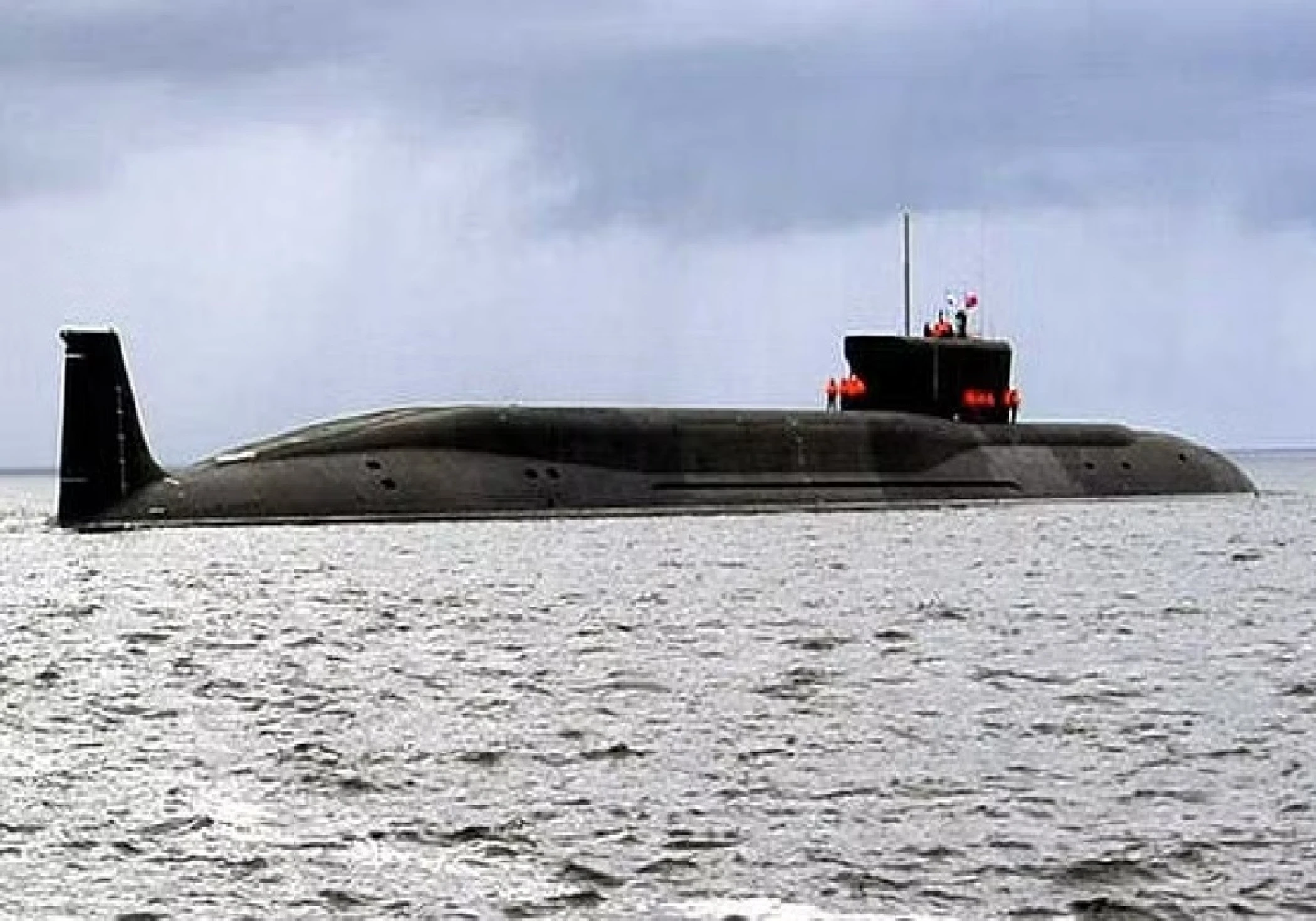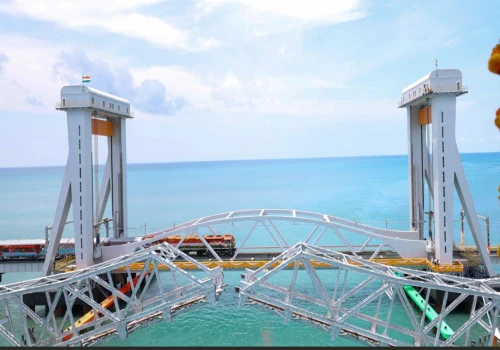
India has taken a significant step in bolstering its maritime defense with the launch of its fourth nuclear-missile submarine. This move underscores the nation's growing emphasis on strengthening its naval deterrence and solidifying its position as a dominant force in the Indo-Pacific region.
Defence Minister Rajnath Singh commissioned India's second SSBN, INS Arighaat, on August 29, 2024; the third SSBN, INS Aridhaman, is scheduled to commission the following year. In order to deter any rivals in the Indo-Pacific, the Indian Navy proposes to develop two nuclear-powered attack submarines. These plans were approved by the Cabinet Committee on Security (CCS) on October 9.
The fourth SSBN, codenamed S4*, was launched on October 16, one day after Defence Minister Rajnath Singh officially opened the Very Low Frequency Naval Station in the Damagundam forest area of Vikarabad district in Telangana for command, control, and communications with the Indian Navy's strategic assets. This is despite the Modi government's reluctance to discuss nuclear deterrence.
With approximately 3,500km of range and vertical launching systems, the newly deployed S4 SSBN is equipped with only K-4 nuclear ballistic missiles, accounting for nearly 75% of its indigenous component. The INS Arihant is the first of its class to carry K-15 nuclear missiles with a range of 750 km. Its successors, all enhancements of the preceding models, are limited to carrying K-4 ballistic missiles. The SSBN's sole limitations are crew weariness, food supplies, and maintenance because of its unrestricted range and endurance. A Russian nuclear-powered attack submarine of the Akula class is scheduled to join the fleet on lease in 2028, and both INS Arihant and INS Arighaat are already engaged in deepwater operations.
The fourth submarine's induction into the Indian Navy is expected to enhance India's capabilities in deterrence patrols further and extend its reach in the Indian Ocean. Defense analysts have applauded the launch, noting that it represents not just a technical achievement but a crucial strategic advantage in India's defense planning.
With this addition to its naval fleet, India joins the ranks of global superpowers with sophisticated and robust sea-based nuclear deterrence. As the country continues to expand its military capabilities, this launch is a clear signal of its resolve to defend its maritime interests while contributing to regional security.
With the commissioning of this fourth nuclear-missile submarine, India has demonstrated its unwavering commitment to national security and its increasing influence in global military dynamics. As the country continues to invest in cutting-edge defense technologies, it is poised to play an even more significant role on the global stage, especially within the context of maintaining peace and stability in the Indo-Pacific region.











